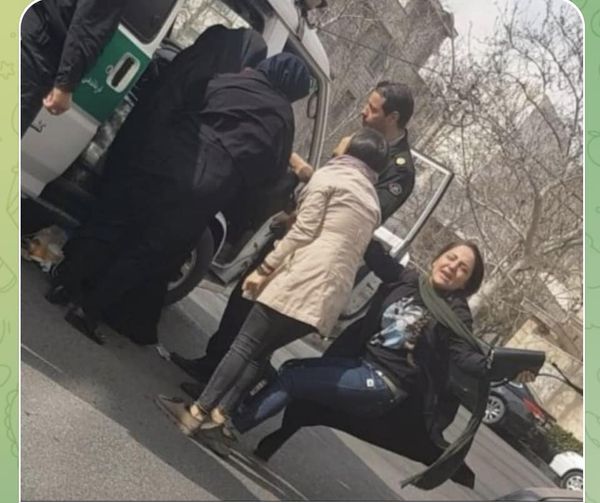
This initiative has sparked widespread criticism both within the regime and among the public, with accusations that it merely exacerbates the nation’s troubles.
The crackdown began on April 13, amidst an already tumultuous atmosphere due to soaring inflation and a plummeting economy. The Iranian rial has nearly reached a dismal exchange rate of 700,000 to the dollar, and the prices of essential goods are skyrocketing. Despite these pressing issues, the regime’s focus has alarmingly shifted to enforcing conservative dress codes, particularly targeting women and girls. This move has puzzled many, from ordinary citizens to high-ranking officials within the regime.
Criticism has also poured in from various state-run media outlets. On April 20, the Ham-Mihan newspaper argued that such public confrontations only “result in the spread of hatred and increase distrust,” potentially paving the way for incidents reminiscent of those following Mahsa Amini’s tragic death, which sparked international outcry and domestic protests last year.

The recent statements by regime officials and clerics suggest that the hijab campaign is not merely about religious and legal adherence but a deeper, more calculated effort to maintain control amidst growing public dissatisfaction and calls for change.
Mehdi Rahimabadi, a prominent cleric, revealed a broader agenda behind these actions, stating on regime television that “the issue is about overthrowing, about eliminating the state.” This statement suggests that the regime perceives its survival as contingent upon strict social control and suppression of any opposition, viewing the hijab as an excuse to justify its actions.

The regime’s internal communication further underscores a significant anxiety about potential uprisings. Ali Khamenei, the supreme leader, seems acutely aware of the discontent simmering among the populace and the failures of his regional policies, often described metaphorically as the “head of the snake.”
In response, he has escalated the deployment of security forces, ostensibly to prevent any scenario that could transform into a nationwide uprising. As Iran’s regime enforces its hijab and chastity campaign, it does so not in isolation but as part of a broader strategy to distract from its inability to address the fundamental contradictions and crises it faces.
After more than four decades, these tactics appear increasingly desperate, reflecting a regime struggling to maintain its grip on a restless and resistant society.

MEK Iran (follow us on Twitter and Facebook), Maryam Rajavi’s on her site, Twitter & Facebook, NCRI (Twitter & Facebook), and People’s Mojahedin Organization of Iran – MEK IRAN – YouTu







